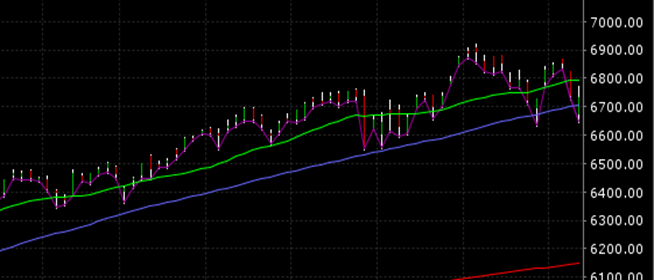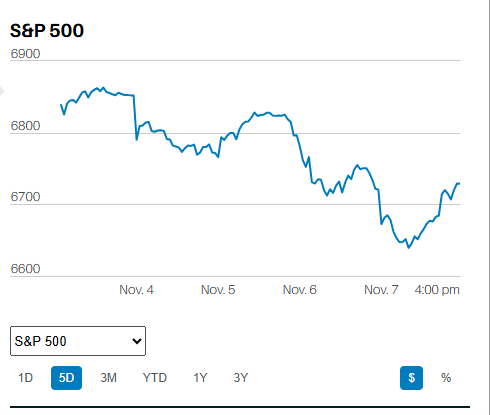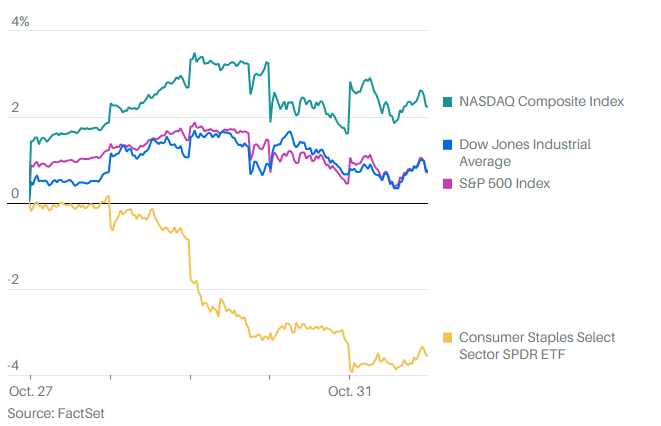
DIVORCES ARE OFTEN FINANCIALLY DEVASTATING, AND THAT’S IN ADDITION TO THEIR EMOTIONAL TRAUMA.
People get divorced. Older people are getting divorced in increasing numbers. In fact, 25% of the divorces today in the United States are among couples who are 50 years of age or older. According to the Pew Research Center, the chances of an adult over 50 divorcing doubled between 1990 and 2014, and the jump was even higher for those over 65. Approximately 80% of divorces are initiated by women, according to the National Center for Health Statistics.
Divorces are often financially devastating, and that’s in addition to the emotional trauma of a divorce. Older couples have less time to recover from a divorce, even finding that they must postpone retirement, sometimes indefinitely. Rapidly increasing longevity in the elderly only exacerbates the situation. The current average life expectancy for an American is 78.7 years, according to the CDC’s National Center for Health Statistics. (For upper middle income and upper income, life expectancy is approximately 89 years for men and 92 years for women).
Obviously, no one gets married expecting to divorce someday, especially younger couples marrying for the first time. How those couples divorce will often determine whether one or both spouses are impoverished due to the divorce. An amicable divorce, where both spouses seek an equitable split of assets based on each spouses earnings potential, can lead to a result that leaves neither spouse in dire straits. However, it is all too common for divorces to turn ugly, and for a divorcing couple to severely deplete their assets in the process of divorce in large part through attorney’s fees.
There are precautions that can be taken for a second marriage. Prenuptial agreements are almost always a good idea for someone marrying for a second time, especially if one spouse is bringing the bulk of the assets to a marriage, or if there are children from a prior marriage. A prenuptial agreement typically lists all of the property each person owns (as well as any debts) and specifies what each person's property rights will be after the marriage. Contrary to popular belief, a prenuptial agreement is not just for the rich. There are a number of reasons other than wealth that a couple may want to execute a prenuptial agreement, including:
1) Passing separate property to children from a prior marriage: A prenuptial agreement allows a spouse to ensure that their spouse is taken care of in the event of their death, while also maintaining the ability to pass assets to their children from a first marriage. Without a prenup, a surviving spouse might have the right to claim a large portion of the other spouse's property, leaving much less for the kids.
2) Avoid arguments during a divorce: People may want to avoid potential arguments if they ever divorce by specifying in advance how their property will be divided, and whether or not either spouse will receive alimony. A few states won't allow a spouse to give up the right to alimony, however, and in most others a waiver of alimony will be scrutinized heavily and won't be enforced if the spouse who is giving up alimony didn't have a lawyer.
3) Get protection from debts: Prenups can also be used to protect spouses from each other's debts.
The gray divorce boom is ongoing; often it’s second and even third marriages that are failing. Often, as well, there are children from a prior marriage involved, children who may or may not get along with their stepsiblings or stepparents. It is not at all uncommon for the stepchildren of a surviving spouse to aggressively seek assets that they believe are rightfully theirs after their parent has passed.
Divorces are often financially devastating enough, even without the acrimony and litigation that can accompany them. A lack of financial planning, including a lack of a prenuptial agreement, can raise the likelihood of additional conflict to the point of near certainty. As difficult as it may be for a couple in love hoping to spend the rest of their lives together, a conversation about financial rights and the creation of a prenuptial agreement is the right way to go.











